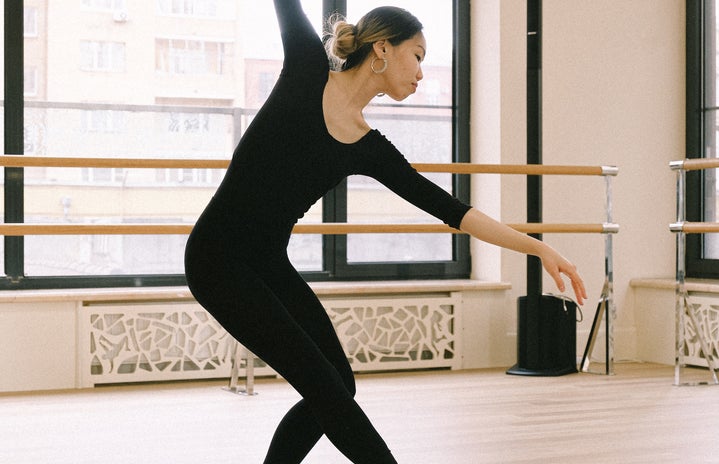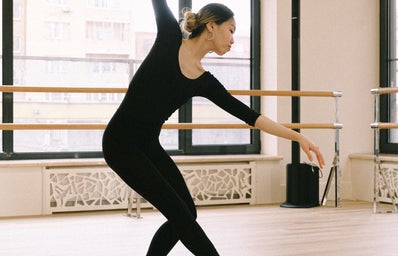When I was seven years old, I got sucked into the black hole that is competitive Irish dancing. I immediately fell in love with the sport, and began attending competitions regularly. I was having the time of my life, however, for my poor parents, it meant dishing out a lot of money to pay for expensive costumes, shoes, competition fees, workshops, and travel.
A lot of dancers end up quitting dance when they finish high school, especially those who decide to move away from home for university. It’s just too difficult to balance such a heavy workload with intensive dance training, as well as trying to find a studio that is accessible if you don’t have a car. But my love for dancing was just too strong; I was so determined to keep competing while at university, and besides, I’d just qualified to dance at the national championships. How could I give that up?
That dream lasted me all of two months. I danced my last competition in September, and had quit for good by the end of October. I had started a new chapter of my life, living away from home for the first time. I couldn’t keep my focus on dance while also trying to manage school and trying to live like an independent adult for the first time ever. I had also come to the realization that if I’m constantly jumping around from city to city every 4 months for co-op, I’d never be able to consistently attend practices or competitions.
The first few months of being dance-free were odd. I experienced some extreme FOMO watching my peers attend competitions and perform at shows. I also had to adjust to finding a new way to get exercise, since I didn’t have scheduled practices four times a week. I started going to the gym, but I had no idea how to use any of the machines and I felt like such an idiot. It felt like everyone’s eyes were on me, judging me for being so clueless.
Over time, I started to adjust to a life without dance. My regrets began to turn into relief; I was no longer living to dance. It felt like a huge weight had been lifted off of my shoulders. No more rushing to finish assignments after dance classes. No more fighting to find space to practice during PAC open studio time. And I’d finally started to get a hang of the whole gym thing, and I was really enjoying it. There was something so freeing about exercising the way I wanted to, without having a coach watching over me.
I’ve been retired from dance for a year now. I’ve come to the realization that dance was causing me more harm than good all those years. Don’t get me wrong, I still think there was plenty of good that came out of it; it kept me in incredibly good shape physically, and challenged me intellectually, but I think I’m much better off without it. Nothing was really ever fair in Irish dancing. Once you reach a certain level, competitions become more of a “who has the most money” rather than “who’s the best dancer.” In order to stand out to the judges and get placed high enough, your costume has to be up-to-date with whatever trend is cycling the dance world that year, and getting a custom Irish dance costume can run you over $5000. You’ve also got to pay for private lessons with a teacher from overseas to give you a routine, so that when you dance at a competition, the judges can see that your little Canadian dance school is associated with a big, world class dance school from Ireland. Those lessons cost about $400 an hour. And the most important part is that you’ve got to really suck up to your dance teachers so that they pay off the judges to bump you up a few placements. I was never going to make it to the top ranks no matter how much work I put in; being from a single-parent family, we couldn’t afford the stuff to get me there. And even if we could, would it really have been worth it?
There are so many things that I still miss about dance, and I’m very grateful for everything that I’ve learned from it. But eventually, there comes a time to move on and hang up your dancing shoes, and I’m so glad I finally did.


